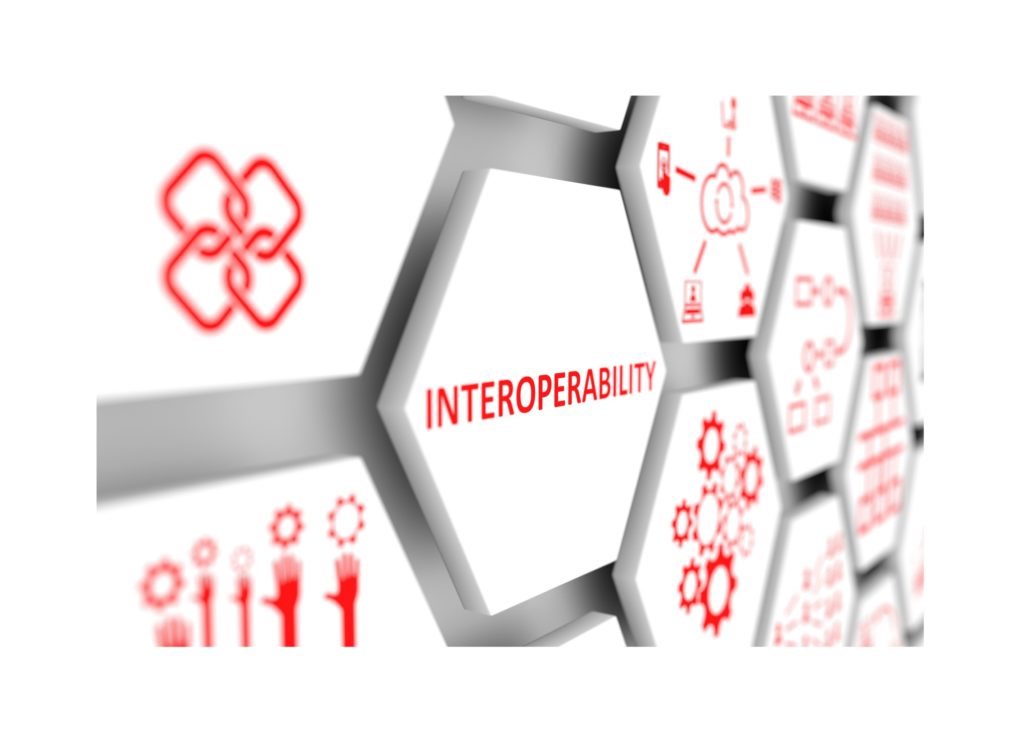Long-term HIT goals will need those now supporting ‘the last mile’
Achieving interoperability, data sharing and other capabilities for the public good must include the role of information exchanges already out in the community.

As noted in the Health Data Management COVERstories in January, the Department of Health and Human Services (HHS) has made significant inroads to digitize health records, prevent the practice of information blocking and advance interoperability through regulations from the Office of the National Coordinator for Health Information technology (ONC) and Centers for Medicare & Medicaid (CMS).
At times, progress has felt slow However, it needs to be acknowledged that federal legislation and regulation supporting the industry with necessary evolutions to comply with information blocking, interoperability rules, quality payment, new incentives and other aspects of healthcare is extremely challenging. As a former employee of CMS focused on health IT and value-based care, I know this well.
Over the last 20 years, and increasingly in the last decade, a vast health data infrastructure has been built to meet the needs of key stakeholders and most importantly patients and communities. The network of state and regional health information exchanges (HIEs), community information exchanges, all-payer claims databases, regional health improvement collaboratives and emerging health data utilities house immense capabilities and serve as “the last mile of interoperability.”
In light of this, it is clear that data governance must happen at the community level with local stakeholders, in line with state laws and local preferences. These local organizations can and should exist alongside national networks and frameworks. For the Trusted Exchange Framework and Common Agreement (TEFCA) to be successful in achieving national interoperability, the TEFCA-defined Qualified Health Information Networks (QHINs) will need the involvement of HIEs and other local health data collaboratives.
Beyond knowing critical local insights and state and county laws, these nonprofit entities have built trusted relationships with their stakeholders by being neutral convenors, data stewards and a resource for technical assistance.
The adage “data moves at the speed of trust,” still holds weight for our community. We are making progress with interoperability and information sharing, but we have much further to go. We cannot continue to only apply an EHR lens to solve for interoperability, and with fragmented and disparate data, we are falling short. We can do better to support public health, population health management, care coordination, quality improvement, patient safety and value-based care by combining, enhancing and exchanging data in highly collaborative and more complete ways.
To meet community needs – and to address social needs – we need to be far more inclusive of a broader group of stakeholders beyond healthcare, and this will require deep trust and “relationship infrastructure.” We have a tremendous opportunity to bolster existing infrastructure and networks and drive increased coordination to meet the evolving needs of communities throughout the U.S.
Lisa Bari is CEO of Civitas Networks for Health.